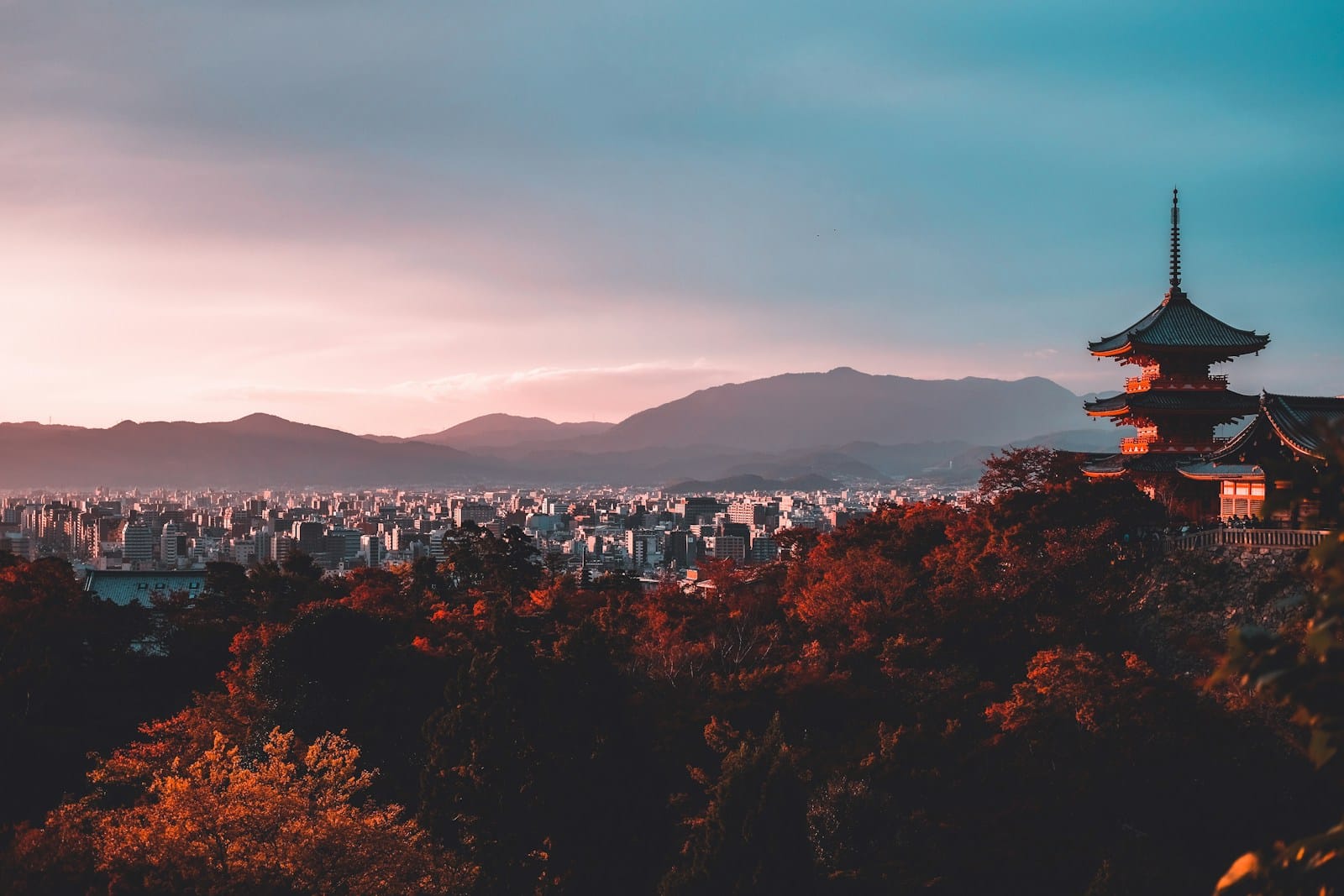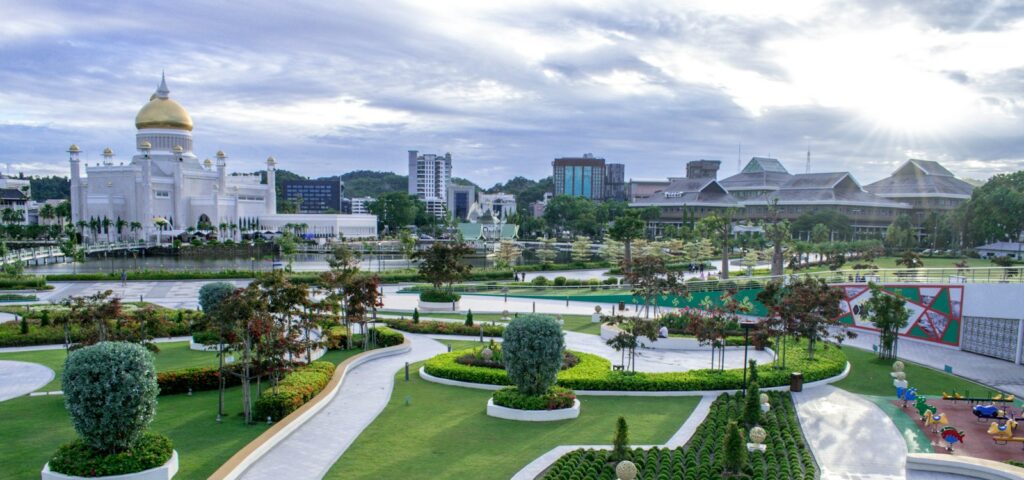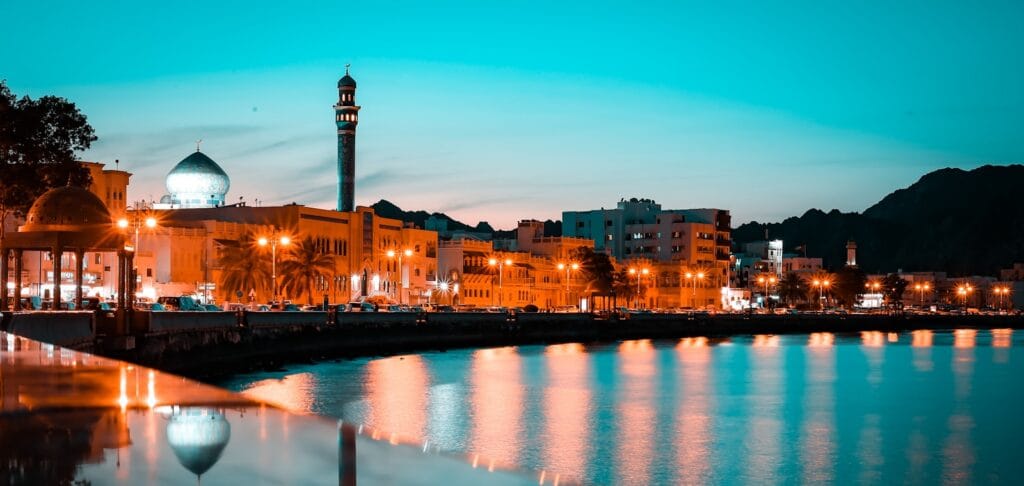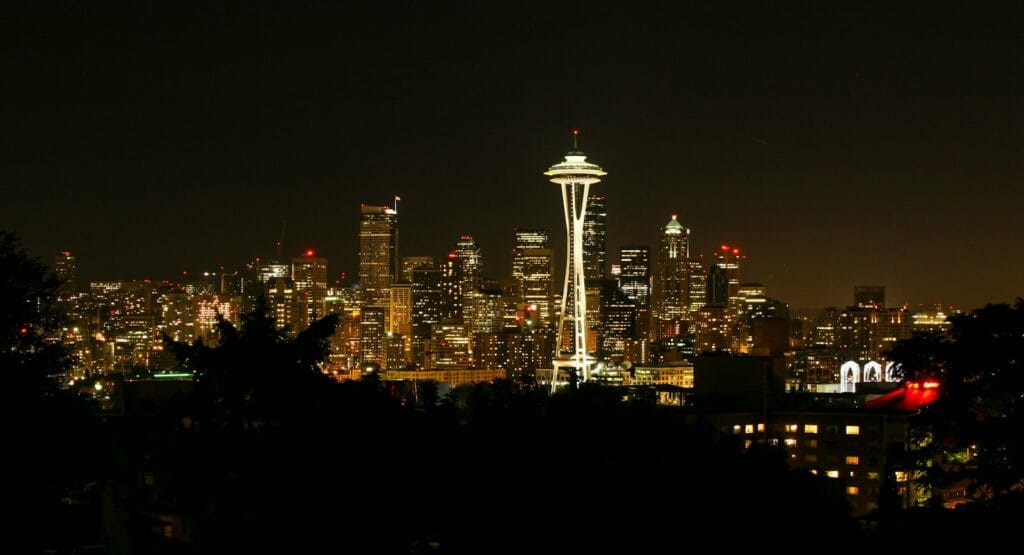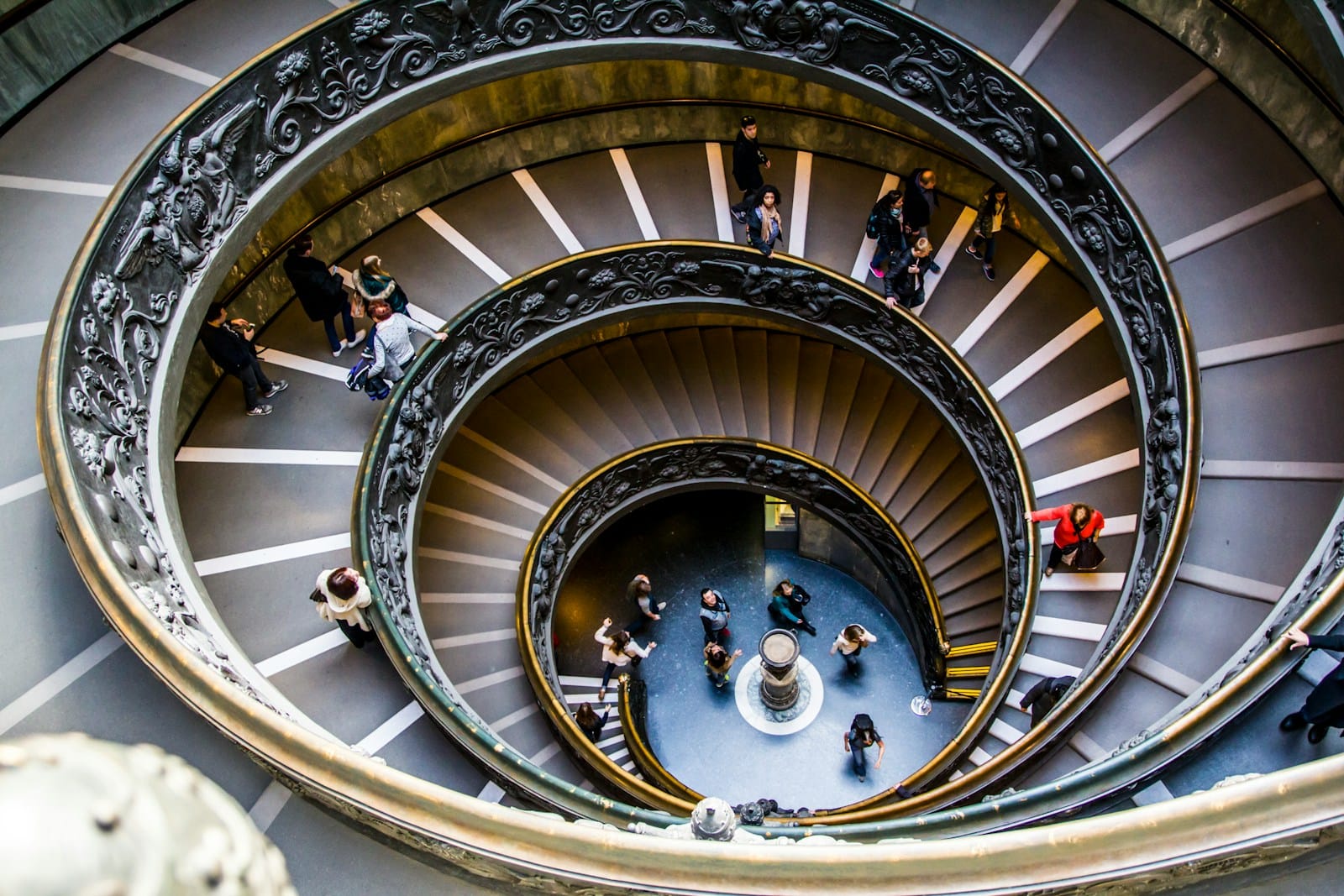Kyoto Travel Guide – A Timeless Journey Through Japan’s Cultural Soul
Intro to Kyoto Travel Guide
This Kyoto travel guide brings you deep into the spiritual and historical heart of Japan. Once the imperial capital for more than a thousand years, Kyoto continues to enchant travelers with its serene temples, ancient rituals, seasonal beauty, and modern artisan energy. Whether you’re wandering through torii gates at dawn, tasting street-side yatsuhashi, or soaking in a ryokan bath beneath the mountains, Kyoto slows you down — and transforms how you travel.
Start planning with curated Kyoto tours and discover unforgettable places to visit in Kyoto — from timeless tea houses and sacred shrines to bamboo forests and culinary markets.
💡Quick Facts:
Continent: Asia (East Asia)
Country: Japan
City: Kyoto
Area: ~827.9 km²
Population: ~1.45 million (2024 est.)
Density: ~1,750 people/km²
Region: Kansai
Language(s): Japanese
Currency: Japanese Yen (JPY)
Time Zone: JST (UTC+9)
Nearest Airport: ITM – Osaka Itami (~55 km); KIX – Kansai Intl (~75 km)
Climate: Humid subtropical; hot summers, cool winters
Known For: Zen temples, geisha culture, historic shrines, kaiseki dining, cherry blossoms, autumn foliage
🛂Arrival Info:
No separate entry checkpoint in Kyoto — travelers typically arrive via Osaka (KIX or ITM).
Visa and entry procedures are handled upon arrival in Japan. See our Japan Travel Guide for entry and visa requirements.
💉Health Info:
Kyoto has excellent hospitals and clinics. No special vaccines are required.
Standard travel insurance is advised for coverage of medical services and emergencies.
Emergency Care: Kyoto University Hospital and Takeda Hospital offer English assistance.
Travel health updates — get coverage here
Stay Informed with Official Updates: World Health Organization – International Travel and Health | Centers for Disease Control and Prevention – Global Travel Health
🚨Travel Advisory:
Kyoto is very safe. Petty theft is rare.
Natural risks include occasional typhoons (Aug–Oct) or earthquakes.
Follow national updates from the Japan Meteorological Agency.
Stay Informed with Official Updates: US Travel Advisory | UK Foreign Travel Advice
📅Holidays:
Higashiyama Hanatouro (Mar): Lantern-lit streets & temples
Gion Matsuri (July): Japan’s most famous festival
Autumn Leaves Season (Nov): Peak temple viewing
💰Money Matters:
Currency: Japanese Yen (JPY)
Cards: Widely accepted; carry some cash for small vendors
ATMs: Available at post offices, 7-Eleven, and banks
Tipping: Not expected and often refused
IC Cards: Use ICOCA for local transport and vending machines
🚍Transport:
Subway & Buses: Efficient for city travel; Kyoto City Bus is tourist-friendly
Bicycles: Popular and rentals are widely available
Taxis: Reliable but pricey
Rail: Excellent connections via JR Kyoto Station (Shinkansen, regional lines)
📶Connectivity:
Wi-Fi: Free hotspots at major train stations and tourist zones
eSIM/SIM: Japan Travel SIMs or eSIMs like Airalo recommended
Coverage: Excellent 4G/5G throughout the city
📜Laws & Etiquette:
Remove shoes when entering homes and some restaurants
Silence your phone on public transport
Bowing is the norm for greetings
LGBTQ+ travelers are welcome; discreet affection is the cultural norm
🛡️Emergency Info:
Emergency (Police/Fire/Ambulance): 110 / 119
English Support: Kyoto Tourist Info Centers (Kyoto Station, Gion, etc.)
🌦️Weather:
Spring (Mar–May): Cherry blossoms, ~15–22°C
Summer (Jun–Aug): Hot, humid, ~30–35°C
Autumn (Oct–Nov): Mild, best foliage ~15–20°C
Winter (Dec–Feb): Cold but rarely snowy, ~5°C
Best time: March–April and November for blooms or fall colors
Weather Forecast
Get to Know Kyoto – Neighborhoods & Districts
Explore the city’s personality through its diverse neighborhoods — each with a distinct rhythm and story to tell.
- Gion – Kyoto’s most famous geisha district is lined with ochaya (teahouses), narrow alleys, and traditional wooden buildings. At twilight, you might glimpse a maiko crossing beneath the lanterns of Hanamikoji Street.
- Higashiyama – This eastern district feels frozen in time, home to Kiyomizu-dera temple, pagodas, and sloped stone streets. Ideal for walking tours and traditional sweets.
- Arashiyama – West of central Kyoto, this scenic area offers lush riverbanks, mountain trails, and the world-renowned Bamboo Grove. It’s one of the most atmospheric things to do in Kyoto.
- Fushimi – Famous for Fushimi Inari Taisha’s endless red gates, this area also boasts historic sake breweries and quiet canal walks — perfect for slower travel.
- Downtown Kyoto (Kawaramachi) – The energetic core blends department stores with local boutiques, ramen counters, and Nishiki Market, where you can sample Kyoto cuisine from the source.
- Kyoto Station & South – More than a transit hub, Kyoto Station is an architectural destination. The nearby areas are budget-friendly and walkable, especially for first-timers.
- Sakyo Ward & Philosopher’s Path – Art studios, leafy lanes, and academic charm define this northern district. Cherry blossoms bloom beautifully here in spring.
- Kurama & Kibune (Northern Kyoto) – Tucked in forested hills, these temple towns offer tranquil getaways, traditional hot springs, and hiking routes.
Top Attractions & Iconic Sights
Kyoto is packed with iconic landmarks — but the magic is in knowing when and how to experience them best.
Skyline Views and Icons
- Kiyomizu-dera – One of Kyoto’s oldest temples, perched on stilts over a hilltop forest. Visit early morning for fewer crowds and golden light across the valley.
- Fushimi Inari Taisha – Walk through 10,000 vermillion torii gates into the sacred mountain beyond. It’s open 24/7 and hauntingly beautiful at dawn or dusk.
- Kinkaku-ji (Golden Pavilion) – Dipped in gold leaf and reflected in a still pond, this Zen temple glows brightest in autumn — one of the most photographed places to visit in Kyoto.
- Gion District – Beyond the geishas, visit Yasaka Shrine and catch street performances in Maruyama Park during cherry blossom season.
Local Tip: Start temple days early (before 8 AM) to beat tour crowds — and pair visits with nearby tea gardens or cafes for a slower, fuller experience.
Museums and Cultural Gems
- Kyoto National Museum – Highlights Kyoto’s imperial legacy with calligraphy, textiles, and ancient ceramics.
- Kyoto International Manga Museum – A must for manga lovers and families, showcasing thousands of titles and drawing rooms.
- Kyoto Railway Museum – Great for kids and train nerds alike, this interactive space covers bullet train history with hands-on exhibits.
- Nijo Castle – A UNESCO site that once housed Tokugawa shoguns, famous for its squeaky “nightingale floors” built to detect intruders.
Family Favorites
- Kyoto Aquarium – Modern and compact, with a focus on local river species and marine ecosystems.
- Monkey Park Iwatayama – Hike up a short trail in Arashiyama for a view of Kyoto and free-roaming macaques.
- Kyoto Imperial Palace Park – Wide open green space, perfect for kids to roam and picnic among historic backdrops.
Natural Escapes Within and Near Kyoto
For travelers craving calm, Kyoto offers natural escapes both in the city and just beyond its borders.
- Arashiyama Bamboo Grove – Early mornings are serene, when the sunlight filters through rustling stalks and the crowds are still miles away.
- Kyoto Botanical Gardens – Seasonal flowers, riverside paths, and family-friendly greenhouses near Kitayama.
- Kamo River – Locals jog, picnic, or sip sake beside this gently flowing river. Great for sunset strolls and cherry blossom season.
- Mount Daimonji – A short yet steep climb east of Kyoto with panoramic views and famous fire festivals in summer.
- Tetsugaku no Michi (Philosopher’s Path) – A peaceful canal-side walkway shaded by sakura trees, ideal during April bloom.
Kyoto Day Trip Ideas
- Ohara (1 hr by bus) – A quiet village of thatched roofs, forested temples, and countryside hot springs.
- Uji (30 mins by train) – Known for its matcha farms, the Byodoin Temple, and tea-tasting tours — a sweet half-day escape.
- Lake Biwa (45 mins by train) – Japan’s largest lake with beaches, biking, and traditional fishing villages.
- Amanohashidate (2 hrs by train) – A scenic sandbar nicknamed “Bridge to Heaven,” with panoramic viewing platforms and coastal temples.
Culture, History and Local Identity
This city is not just a relic — Kyoto’s culture still breathes through its artisans, rituals, and community rhythms.
- Kyoto Imperial Palace – Once home to Japan’s emperors, now open for public tours amid elegant gardens.
- Ryoan-ji Temple – Famous for its rock garden, this Zen site invites you to contemplate stillness and subtlety.
- Heian Shrine – A bright vermillion landmark with towering torii and seasonal festivals celebrating Kyoto’s artistic spirit.
- Kyoto Handicraft Center – Watch artisans make lacquerware, fans, and dolls — or take a workshop to try your hand.
- Walking Tour Recommendation: Join a Gion cultural night tour with a licensed guide — perfect for uncovering Kyoto’s hidden backstreets and traditions (see Kyoto tours for options).
Discover handpicked Kyoto tours & experience and the most memorable things to do in Kyoto — from tranquil shrine walks and bamboo forests to geisha district strolls and matcha tastings.
Local Food, Markets and Artisan Vibes
Kyoto’s cuisine is delicate, seasonal, and deeply regional — from imperial kaiseki meals to humble street snacks.
- Must-Try Dishes in Kyoto
Start with Kyoto-style kaiseki, a multi-course artform rooted in simplicity and seasonality. Don’t miss yudofu (tofu hot pot), matcha desserts, saba sushi, and pickled vegetables known as tsukemono — all crafted with local ingredients and care. - Nishiki Market – Nicknamed “Kyoto’s Kitchen,” this narrow street bursts with 400-year-old food stalls, selling everything from soy donuts to grilled eel skewers.
- Izuju Sushi – Historic spot near Yasaka Shrine for Kyoto-style pressed mackerel sushi — light, vinegared, and beautiful.
- Omen – A beloved noodle house near Ginkaku-ji serving hearty udon with seasonal vegetables and hand-ground sesame.
- Kyoto Farmers Market (Umekoji Park) – Artisan breads, organic veggies, and community-made jams — ideal for eco-conscious travelers.
Taste your way through Kyoto and experience the most flavorful things to do in Kyoto — from riverside izakayas to matcha-filled side streets.
Events, Nightlife and Seasonal Fun
Kyoto’s festival calendar reflects its deep ties to nature, spirituality, and historical memory.
- Gion Matsuri (July) – Kyoto’s most famous festival with massive floats parading through the streets, rooted in purification rituals.
- Aoi Matsuri (May) – Elegant horseback processions in Heian-era garb, linking Kyoto’s past and present through ceremony.
- Hanatouro (March & December) – Temple paths in Higashiyama and Arashiyama are lined with thousands of lanterns. Magical.
- Kyoto’s Nightlife – Not wild, but quietly enchanting. Try sake bars in Pontocho Alley, jazz lounges in Sanjo, or a riverside terrace bar near Kamogawa.
- Spring – Best time to visit Kyoto for cherry blossoms and temple picnics. Book early — it’s peak season.
- Summer – Humid but festive with fireworks, river rafting, and cool mountainside escapes.
- Fall – Fiery foliage transforms gardens and mountains. Clear skies make it ideal for temple hikes.
- Winter – Quietest season, perfect for snow-dusted shrines, hot springs, and cozy cafés.
Best Time to Visit Kyoto
Each season in Kyoto has its own signature — here’s what to expect:
- Spring (March to May) is widely considered the best time to visit Kyoto. The weather is mild, ranging from 10–20°C, but crowds are extremely high due to cherry blossom season. Travel cost in Kyoto peaks during these months, especially in late March and early April. Expect stunning hanami (flower viewing) scenes, temple picnics, and seasonal street snacks.
- Summer (June to August) brings hot and humid weather, with temperatures between 25–35°C. While less crowded than spring, it’s still an active season with major events like Gion Matsuri. The travel cost in Kyoto is moderate, and riverside dining, fireworks, and cool mountain escapes offer a refreshing balance to the heat.
- Fall (September to November) delivers crisp air and vibrant foliage. Temperatures drop to 10–22°C, and crowds rise again — though slightly less intense than spring. This is an ideal time for temple hikes, photography, and festivals under fiery red maple trees. Travel costs remain moderate, and availability fills quickly.
- Winter (December to February) is the quietest and most affordable time to explore Kyoto. With cold temperatures between 0–10°C, it’s a great season for onsen day trips, empty temple gardens, and cozy café culture. Travel cost in Kyoto is lowest during this time, offering great value for slower-paced itineraries.
Photogenic Bonus: November’s red maples and April’s sakura make Kyoto an Instagram dream — but crowds peak. Book Kyoto tours early for these months.
Kyoto Travel Essentials – Key Insights
- SIM/Data: Kyoto is well-covered by major telecom providers. Travelers can easily purchase an eSIM via Airalo or get physical SIM cards from stalls at Kyoto Station and Kansai Airport. Most coffee shops, hotels, and even shrines offer free Wi-Fi.
- Transit Costs: Public transport is affordable and reliable. A full-day bus or subway pass costs between 600–900 yen. For flexibility, grab a rechargeable IC card like Suica or Pasmo — accepted across trains, subways, and convenience stores.
- Entry Points: The main entry hub is JR Kyoto Station, easily accessed from Osaka, Tokyo, or Nagoya via Shinkansen. For flights, Kansai International Airport (KIX) and Osaka Itami Airport (ITM) are the closest, both under 90 minutes away by train or airport bus.
- Local Vibe: Kyoto moves at a quiet, respectful pace. Locals deeply value etiquette, temple behavior, and preserving atmosphere. You’ll find a noticeable balance between traditional rituals and modern routines — especially in neighborhoods like Gion or Arashiyama.
- Walkability: Central Kyoto is highly walkable, with most temples, markets, and restaurants within short distances. Some temple areas like Higashiyama and Kurama involve hills or long stone steps, so pack comfortable shoes and plan for slow travel moments.
Quick Picks
- Best for food: Nishiki Market, Gion izakayas
- Best for sunset: Kiyomizu-dera terrace, Arashiyama bridge
- Best for nightlife: Pontocho Alley
- Best for family fun: Monkey Park, Manga Museum
- Best for slow travel: Ohara, Kurama hot springs
Step off the tourist trail with these Kyoto favorites only locals tend to know.
- Shirakawa Lane – A quieter, canal-lined cousin of Gion, with weeping willows and intimate tea shops.
- Ichijoji – A ramen-lover’s paradise north of the Philosopher’s Path with independent shops and no chains in sight.
- Kyoto Art Center – Contemporary art exhibits in a restored school building, with rotating local installations.
- Utsuwa Café – A handmade pottery café where you sip espresso from mugs crafted by Kyoto ceramicists.
Local Etiquette Tips:
- Locals often wait silently at bus stops — follow suit.
- Don’t photograph geisha without permission.
- Always remove shoes before entering temples or traditional homes.
Nearby Destinations to Explore
Make the most of your Kansai trip with these nearby cities — all reachable in under 2 hours:
- Osaka – Food capital of Japan and nightlife central, just 30 mins by train
- Nara – Home to friendly deer and the giant Buddha at Todai-ji
- Kobe – Portside city famous for beef, sake, and scenic mountain cable cars
- Uji – Matcha farms and historic temples, perfect for half-day trips
- Himeji – Explore Japan’s most iconic castle, just 90 minutes away
- Kurashiki – Canal-lined town known for Edo-era warehouses and artisan shops
Final Tips for a Smart Kyoto Adventure
- Reserve temple entry slots (e.g., Saiho-ji) at least a month in advance.
- Use IC cards (Suica, ICOCA) for seamless transit — accepted almost everywhere.
- Carry coins — many small shrines and vending machines still prefer cash.
- Avoid eating while walking in sacred areas (especially near temples).
- Wear slip-on shoes for easier temple visits.
- Download the “Japan Travel” app by NAVITIME for offline transport help.
- Visit Nishiki Market early or late to avoid peak snack crowds.
- Respect silence in Zen temples — phones off, voices down.
Explore Kyoto tours and things to do in Kyoto to make the most of your time.
For more expert travel strategies, insider tips, and unforgettable destinations, visit our Homepage and start planning today.

